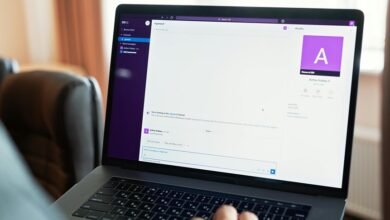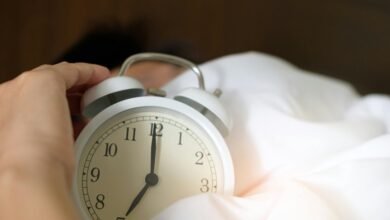2039288673 The Role of Call Timing in Response Likelihood

The timing of calls significantly influences response likelihood. Research has demonstrated that certain hours yield higher engagement rates. By analyzing audience behavior, organizations can pinpoint optimal calling windows. This understanding can transform outreach efforts. However, the nuances of call timing extend beyond mere scheduling. What factors contribute to a recipient’s receptiveness? Exploring these variables can provide deeper insights into effective communication strategies.
Understanding Call Timing: The Basics
Call timing is a critical factor influencing the likelihood of successful communication outcomes.
Understanding call frequency and audience habits is essential for optimizing interactions. Different audiences may respond variably based on when they are contacted, requiring a nuanced approach to timing.
Research Insights on Optimal Call Timing
Although various factors influence communication effectiveness, research consistently highlights the significance of optimal call timing as a determinant of response likelihood.
Studies indicate that reaching out during peak hours aligns with audience availability, thereby increasing the chances of engagement.
Understanding these temporal dynamics allows communicators to enhance their outreach efforts, ensuring that calls resonate with recipients during their most receptive moments.
Strategies for Timing Your Calls Effectively
Timing plays a crucial role in maximizing the effectiveness of outreach efforts.
To enhance response likelihood, identifying optimal hours for calls based on audience preferences is essential. Engaging with individuals during their preferred times increases the chances of a positive interaction.
Employing data analytics to determine these specific windows can lead to more successful outreach campaigns, fostering meaningful connections.
Measuring the Impact of Call Timing on Responses
Understanding the impact of call timing on response rates requires a systematic approach to data collection and analysis.
Researchers must examine response patterns during peak hours to identify optimal calling times. By analyzing data on call outcomes, one can discern trends and correlations, ultimately enhancing strategies for effective communication.
This empirical approach fosters informed decision-making and maximizes engagement potential in outreach initiatives.
Conclusion
In conclusion, while some may believe that dialing a number at the crack of dawn or during lunch hour is a recipe for apathy, research clearly suggests otherwise. By strategically aligning call timings with recipients’ peak engagement moments, organizations can transform their outreach from a monotonous nuisance into a delightful surprise. Who knew that simply checking the clock could elevate a mundane conversation into a coveted interaction? Clearly, timing isn’t just everything; it’s the only thing.





